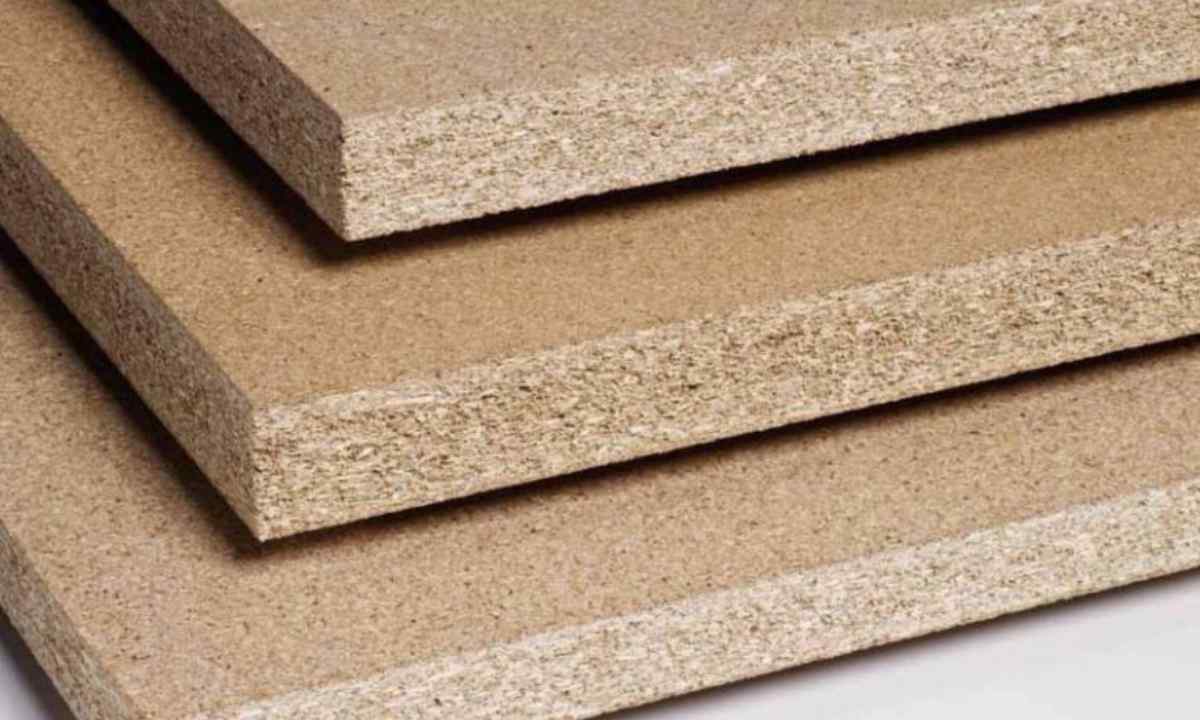The modern construction market abounds with the most various materials. To understand this huge assortment and to choose necessary happens not simply. Especially often the confusion happens to such building materials as fibreboard and chipboard. The similarity of names results in wrong opinion on similarity of qualities. But it not so. Fibreboard from chipboard - two different materials with various characteristics and different scopes of application.
What is fibreboard and chipboard
The fibreboard is fiber board. Receive it by hot pressing of weight which part wood dust, cellulose fibers, synthetic polymers, water and special additives are. Apply fibreboard by production of furniture, in car building and construction.
Types of fibreboard are distinguished on characteristics which are connected with application of plates: biostable, fire-resistant, bituminized, the orgalita (painted or the revetted plates). Also plates divide on degree of density and degree of softness.
Characteristics of fibreboard: high moisture resistance, durability (life cycle up to 30 years), profitability (this material one of the most available at the price). From material shortcomings the most important is the neekologochnost. Some harm to human health is done by the pitches which are part of fibreboard. Therefore it is forbidden to do children's furniture of this material. Chipboard – wood chipboard. This composite material is received by hot pressing of excelsior, special additives and pitches of not mineral origin. Use chipboard for production of furniture and in construction. Chipboard has the classification by quantity of layers, by characteristics of outer layer, water resistance, fire resistance and density. It is possible to refer fire safety and profitability to advantages of chipboard. Shortcomings consider, first, toxicity of the pitches which are part of chipboard who begin to be allocated and do harm to human health over time. Secondly, chipboard badly holds in himself fixing materials. Over time they become loose and are practically not fixed at repeated repair. Thirdly, to chipboard it is easily subject to deformation because of the friability. Fourthly – chipboard is afraid of moisture. Fifthly, this material takes inaccurate form because of flaking of edge of faces of plates over time.
Differences of chipboard and fibreboard
- Chipboards make from shavings of invaluable breeds of tree. Accessory materials are synthetic pitches. Fibreboards make of wood dust and cellulose fibers. Accessory materials – synthetic polymers, rosin and paraffin; - thickness of fibreboard from 2.5 to 12 mm, thickness of chipboard can reach 25 mm; - Fibreboard is more resistant to moisture, and chipboard can maintain heavy loads; - the prices of chipboard are much higher, than on fibreboard; - Chipboards apply when laying floors and by production of furniture – structural elements; the sphere of use of fibreboard - production of furniture elements – boxes, shelves, racks, construction of partitions; - life cycle of chipboard is much less, than fibreboard.

